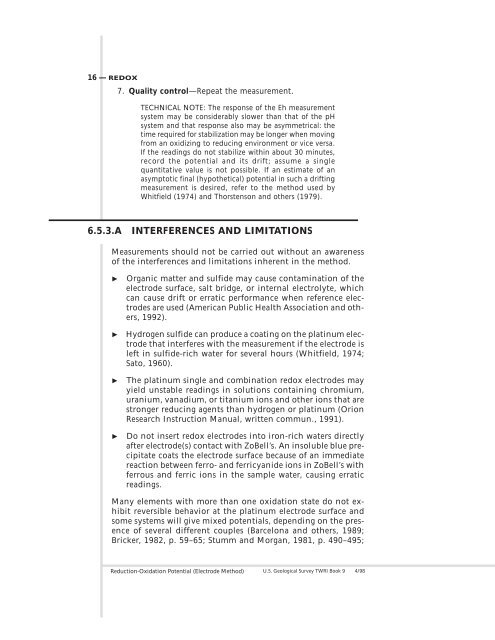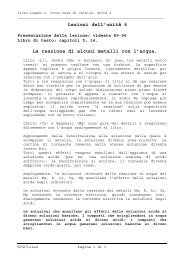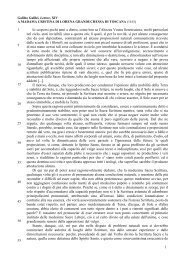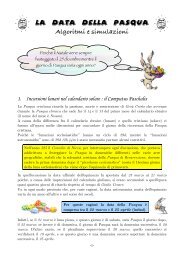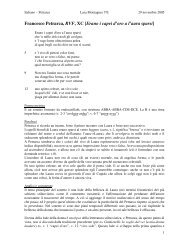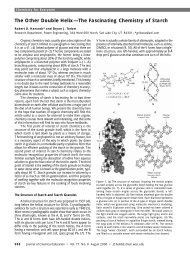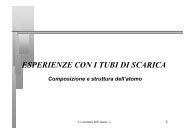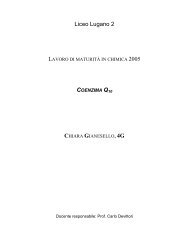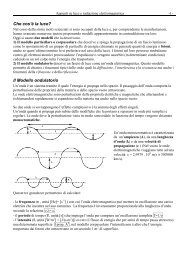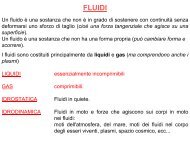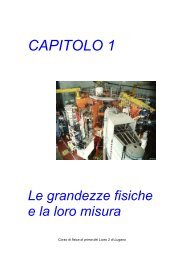6.5 REDUCTION- OXIDATION POTENTIAL (ELECTRODE METHOD)
6.5 REDUCTION- OXIDATION POTENTIAL (ELECTRODE METHOD)
6.5 REDUCTION- OXIDATION POTENTIAL (ELECTRODE METHOD)
Create successful ePaper yourself
Turn your PDF publications into a flip-book with our unique Google optimized e-Paper software.
16 — REDOX7. Quality control—Repeat the measurement.TECHNICAL NOTE: The response of the Eh measurementsystem may be considerably slower than that of the pHsystem and that response also may be asymmetrical: thetime required for stabilization may be longer when movingfrom an oxidizing to reducing environment or vice versa.If the readings do not stabilize within about 30 minutes,record the potential and its drift; assume a singlequantitative value is not possible. If an estimate of anasymptotic final (hypothetical) potential in such a driftingmeasurement is desired, refer to the method used byWhitfield (1974) and Thorstenson and others (1979).<strong>6.5</strong>.3.AINTERFERENCES AND LIMITATIONSMeasurements should not be carried out without an awarenessof the interferences and limitations inherent in the method. Organic matter and sulfide may cause contamination of theelectrode surface, salt bridge, or internal electrolyte, whichcan cause drift or erratic performance when reference electrodesare used (American Public Health Association and others,1992). Hydrogen sulfide can produce a coating on the platinum electrodethat interferes with the measurement if the electrode isleft in sulfide-rich water for several hours (Whitfield, 1974;Sato, 1960). The platinum single and combination redox electrodes mayyield unstable readings in solutions containing chromium,uranium, vanadium, or titanium ions and other ions that arestronger reducing agents than hydrogen or platinum (OrionResearch Instruction Manual, written commun., 1991). Do not insert redox electrodes into iron-rich waters directlyafter electrode(s) contact with ZoBell’s. An insoluble blue precipitatecoats the electrode surface because of an immediatereaction between ferro- and ferricyanide ions in ZoBell’s withferrous and ferric ions in the sample water, causing erraticreadings.Many elements with more than one oxidation state do not exhibitreversible behavior at the platinum electrode surface andsome systems will give mixed potentials, depending on the presenceof several different couples (Barcelona and others, 1989;Bricker, 1982, p. 59–65; Stumm and Morgan, 1981, p. 490–495;Reduction-Oxidation Potential (Electrode Method) U.S. Geological Survey TWRI Book 9 4/98


